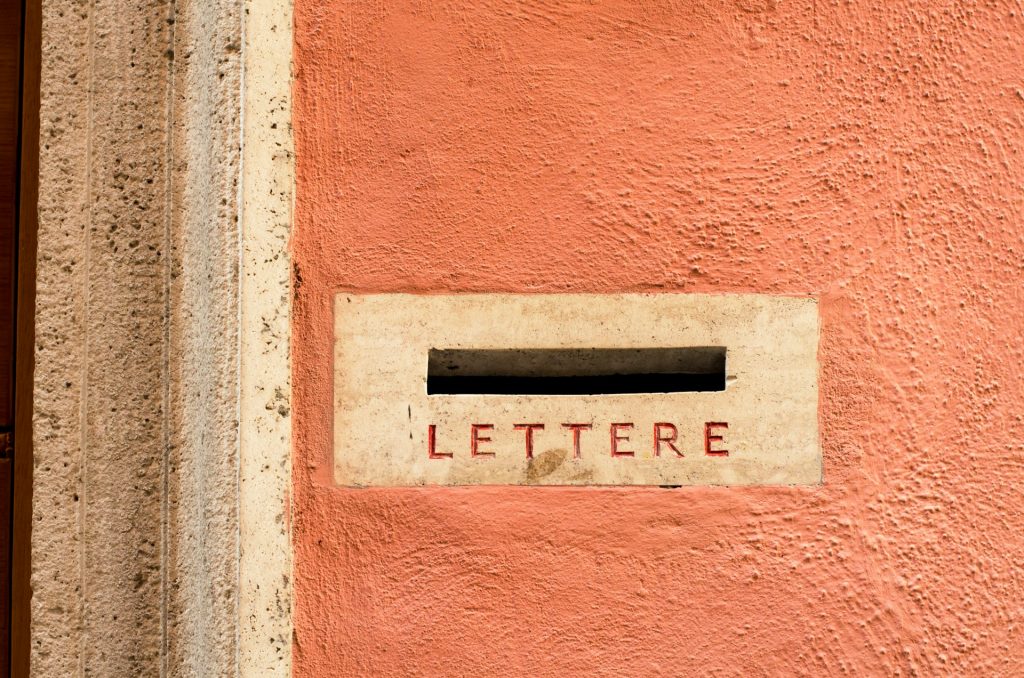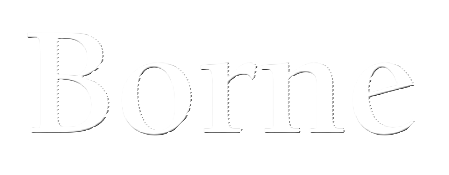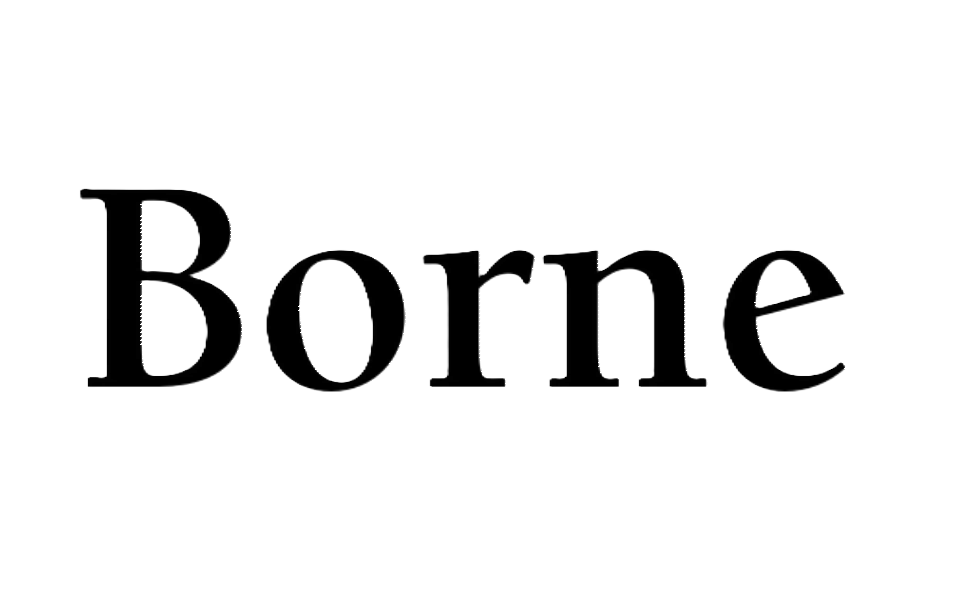
25 Must-Know Italian Greetings for a Beginner to Master
Just starting to learn Italian? Looking to brush up on some key phrases before heading to Italy this summer? Don’t worry, we’ve got you covered! This beginner-friendly guide will help you master basic Italian greetings, no matter your starting point. We’re not covering anything too complicated here, just giving you an efficient way to learn some key words and phrases. Whether you’re heading to Tuscany, Positano or Florence, these 25 phrases will help you sound more like a local!
Essential Italian Greetings
For each of these greetings, words and phrases, we’re also going to provide you with a phonetic pronunciation, which is like a “sound-it-out” cheat sheet. We’ll also give a short description of when the greeting should be used, trying to add some helpful context. Oh, and we’ll have an example sentence of how you might be able to pair it with other words. Don’t worry about mastering these example sentences just yet. Just helpful to know when it should be used. Alright, let’s get started!
Hello / Goodbye
1. Ciao
Ciao [CHOW] is an informal way to greet someone when you're first seeing them or if you're saying bye. It's a popular greeting way to say "Hi" when you have a more casual encounter with friends, family or people you already know well. An example of Ciao in a sentence is "Ciao, come stai?" (Hi, how are you?).
Good Morning
2. Buongiorno
Buongiorno [BWON-JOR-NOH] is a polite way to say "Good morning". It's a respectful greeting used in the morning, if you might be greeting a colleague or shopkeeper. An example of Buongiorno in a sentence is "Buongiorno, un caffè per favore." (Good morning, a coffee, please.).
Good Afternoon
3. Buon pomeriggio
Buon pomeriggio [BWON POH-MEH-REED-JOH] is a polite way to say "Good afternoon" in Italian. It's not used as frequently as other Italian greetings, but it can be helpful in a more formal setting in the middle of the day. An example of Buon pomeriggio in a sentence is "Buon pomeriggio, signore!" (Good afternoon, sir!).
Good Evening
4. Buonasera
Buonasera [BWON-AH-SEH-RAH] is a polite way to say "Good evening". When you speak Italian in the late afternoon or evening, Buonasera is a polite way greet someone. An example of Buonasera in a sentence is "Buonasera, benvenuto!" (Good evening, welcome!).
Hello
5. Salve
Salve [SAL-VEH] is a neutral way to say "Hello". Within Italian greetings, Salve works in both formal and informal situations, and can be used when you're unsure of how formal you need to be. An example of Salve in a sentence is "Salve, come posso aiutarti?" (Hello, how can I help you?).
Nice to Meet You
6. Piacere
Piacere [PYAH-CHEH-REH] is a way to say "Nice to meet you" when you speak Italian. Within Italian greetings, it's a perfect way to express an appreciation for meeting someone new. An example of Piacere in a sentence is "Piacere, sono Luca." (Nice to meet you, I'm Luca.).
How Are You in Italian
Alright, those first Italian greetings covered how to greet someone or a group of people in different settings. Now, let’s learn how to ask someone how they are, how to make sure everything is alright and what is a normal response to “How are you?” when you speak Italian.
How Are You? (Informal)
7. Come stai?
Come stai? [KOH-MEH STAI] is an informal way to ask someone how they're doing, and is translated as "How are you?". It's used when interacting with a friend, with a peer or with someone you're on casual terms with. An example of a response to Come stai? is "Sto bene!" (I'm good!).
How Are You? (Formal)
8. Come sta?
Come sta? [KOH-MEH STAH] is another way to ask someone how they're doing. It can be translated as "How are you?". It's used with someone older, with a person you might not know and in a formal setting. An example of a response to Come sta? is "Sto bene, grazie." (I’m well, thank you.).
Everything Okay?
9. Tutto bene?
Tutto bene? [TOO-TOH BEH-NEH] is a way to ask someone if everything is alright in Italian. You might use it if you're checking in on someone in a friendly or concerned way. An example of a response to "Tutto bene?" is "Sì, tutto bene!" (Yes, everything’s fine!).
I'm Good
10. Sto bene
Sto bene [STOH BEH-NEH] is an easy way to say "I'm good" in Italian. It's a great response to "Come stai?" or "Come sta?". An example of "Sto bene" in a sentence is "Sto bene, e tu?" (I’m good, and you?).

Alright, you’re through the first ten Italian greetings. You’re already more prepared than you think to start to speak Italian! Let’s continue to learn Italian with the remaining phrases you’re going to need to know! If you’re not sure if you’re pronouncing these words and phrases correctly, check your Italian pronunciation in the Borne app with our pronunciation assessment tool.
Asking Someone’s Name in Italian
So, let’s say you’re just meeting someone and you’ve exchanged basic greetings, saying hello and asking how they are. Next, you’ll probably want to ask their name.
What’s Your Name? (Informal)
11. Come ti chiami?
Come ti chiami? [KOH-MEH TEE KYAH-MEE] is an informal way to ask someone's name if they're your age or younger. An example of a response to "Come ti chiami?" is "Mi chiamo Sara." (My name is Sara).
What’s Your Name? (Formal)
12. Come si chiama?
Come si chiama? [KOH-MEH SEE KYAH-MAH] is a polite and respectful way to ask someone's name if they're someone you don't know, if they're an elder or you're in a more formal setting. An example of a response to "Come si chiama?" is "Mi chiamo Marco." (My name is Marco).
Welcoming Someone in Italian
Perfect, so you’ve greeted this person, you’ve asked how they are and now you have the person’s name. Let’s say this is taking place at your house. Let’s now learn how to welcome them!
Welcome (to a Male)
13. Benvenuto
Benvenuto [BEN-VEH-NOO-TOH] is a friendly way to say "welcome" to a man in Italian. You might use it if you're welcoming someone into your home or to a new place. An example of "Benvenuto" in a sentence is "Benvenuto in Italia!" (Welcome to Italy!).
Welcome (to a Female)
14. Benvenuta
Benvenuta [BEN-VEH-NOO-TAH] is a friendly way to say "welcome" to a woman in Italian. You might use it if you're wanting to make a female welcome or someone is arriving at a new place. An example of "Benvenuta" in a sentence is "Benvenuta, siediti!" (Welcome, sit down!).
Minding Your Manners in Italian
When you speak Italian, there’ll be a few words that you use quite a bit, whether it’s to express appreciation to the other person or to soften a request. Knowing the right words will help you be more polite and respectful when, which makes these words important when you learn Italian.
Thank You
15. Grazie
Grazie [GRAHT-SEE-EH] is a word you'll use a lot when you start to speak Italian! It translates to "Thank you". It's a way to express appreciation or gratitude to somebody or for something. An example of Grazie in a sentence is "Grazie, ciao!" (Thank you, bye!).
You're Welcome
16. Prego
Prego [PREH-GOH] translates to "You're welcome" in Italian. It's generally used as a follow-up when someone says Grazie. It can be used in a casual or a formal setting. An example of Prego in a sentence is "Prego, è un piacere." (You’re welcome, it’s a pleasure.).
Please
17. Per favore
Per favore [PER FAH-VOH-REH] is how you say "Please" in Italian. It's an important word to show soften requests and show good manners! An example of "Per favore" is "Un’acqua, per favore." (Water, please).
Sorry / Excuse Me (Informal)
18. Scusa
Scusa [SKOO-ZAH] is a casual way to say "sorry" or "excuse me" to someone in Italian. It's used more in an informal setting, while "Mi scusi is" is its more formal counterpart. An example of "Scusa" in a sentence is "Scusa, dove sei?" (Sorry, where are you?).
Excuse Me (Formal)
19. Mi scusi
Mi scusi [MEE SKOO-ZEE] is a more polite and formal way to say "sorry" or "excuse me" in Italian. You should use it when you're addressing someone you don't know or anyone in a respectful context (e.g., an elder). An example of Mi scusi in a sentence is "Mi scusi, che ora è?" (Excuse me, what time is it?).

Yes and No in Italian
And, of course, you’re going to need to know how to say two of the most important words in any language, “Yes” and “No” when you start to speak Italian!
Yes
20. Sì
Sì [SEE] is how you say "Yes" in Italian. It's a way of agreeing or confirming something in a conversation. An example of "Sì" in a sentence is "Sì, grazie!" (Yes, thank you!).
No
21. No
No [NOH] is is how you say "No" in Italian. It's a way of disagreeing or declining something in a conversation. An example of "No" in a sentence is "No, scusa." (No, sorry).
Saying Bye in Italian
Alright, it’s time to part ways! We’ll wrap this post up with a few ways to say bye in Italian. There are a few common ways we’ll cover that you can use, depending on whether it’s during the day, in the evening or if you’re expecting to see the other person again soon.
Goodbye
22. Arrivederci
Arrivederci [AH-REE-VEH-DER-CHEE] is a polite and pretty formal way to say "Goodbye". It's great for ending a conversation with someone you don't well or when you're in a professional setting. An example of Arrivederci in a sentence is "Arrivederci, grazie!" (Goodbye, thank you!).
See You Soon
23. A presto
A presto [AH PRES-TOH] is a friendly way to say "see you soon" in Italian. It's a warm way to say bye when you're parting ways with someone you expect to see again shortly. An example of "a presto" in a sentence is "Arrivederci, a presto!" (Goodbye, see you soon!).
Have a Good Day
24. Buona giornata
Buona giornata [BWON-AH JOR-NAH-TAH] is a way to wish someone a good day in Italian. It's one of those Italian greetings that can be used in mornings or afternoons. An example of "Buona giornata" in a sentence is "Arrivederci, buona giornata!" (Goodbye, have a good day!).
Good Night
25. Buona notte
Buona notte [BWON-AH NOT-TEH] is a polite way to say "good night" in Italian. It's used late in the evening to wish someone well as they head to bed. An example of "Buona notte" in a sentence is "Buona notte, dormi bene!" (Good night, sleep well!).

Learn Italian Faster with AI
We hope this post helps get you familiar with some must-know Italian greetings and phrases to navigate a conversation. If you’re wanting to start really learning Italian, we recommend checking out our Learn Italian page, where we cover a number of common questions you might be thinking about if you’re starting to learn Italian. And, of course, in the Borne app, you can use our pronunciation assessment to make sure you’re pronouncing these phrases correctly! We also recommend checking out our post Why You Learn a Language 6x Faster with AI, where we go into detail on how you can learn any language faster with AI.
Frequently Asked Questions
Can I really get fluent in Italian with the Borne app?
Fluency is a loaded word. You are definitely going to need interactions in the real world to be considered fluent in a Italian. But, a key point here is that you can make massive strides with online Italian immersion and AI language learning apps like Borne, in ways that weren't possible even in the recent past. Italian learning with Netflix, Italian learning with YouTube and Italian conversations on your favorite AI language learning app, these just weren't even a thing in the recent past. It's a new exciting ecosystem for Italian language learners.
One thing we all know is that if you're trying to speak a new language too early in your language learning journey, it can be intimidating and discouraging if you're trying to engage with native speakers in a new country. This new world of online Italian immersion and AI Italian learning apps can soften these awkward early interactions, by giving you the opportunity to practice speaking in a judgment-free environment and hone your listening skills in the comfort of your home. Then, you'll be more confident and prepared when you do head out into the real world and engage with native Italian speakers!
How can AI help me learn to speak Italian?
AI makes it possible for Italian learners to have immersive experiences with a simple Internet connection. AI language learning apps like Borne offer on-demand, 24/7 access to Italian conversation. It's like being able to have an interaction with a native Italian speaker who gives you real-time feedback whenever you want. This is needed to get fluent in Italian. AI can also introduce you to idioms and slang, making you sound more like a native Italian speaker. It's an efficient and effective tool to learn Italian fast and to speak Italian fluently!
What is Borne, and how does it work?
Borne is an AI-powered language learning app that simulates conversations with an AI language partner to help you improve your speaking and listening skills. You can choose from Spanish, French, English, Italian, German, Portuguese, Dutch and Swedish. The app offers personalized lessons, practice conversations and immersive adventures, while providing feedback in real-time on your pronunciation, grammar and phrasing. Borne leverages advanced AI to deliver an affordable, on-demand and pressure-free Italian learning experience, offering all the benefits of traditional tutoring at a fraction of the cost.
What Italian level should I be to use the app?
You can use the Borne app at any level of Italian, as a complete beginner or as an advanced Italian speaker. If you don’t understand what Borne is saying, click on the text to see the text translated to your native language. You can then also click on individual words to learn more about a word. If you’re unsure how to respond, simply click the help icon at the bottom left and type what you want to say in your native language to have it translated into Italian. These tools keep you immersed in the language, while providing a safety net whenever you encounter unfamiliar words or need assistance.
Eddie Duszlak
Eddie Duszlak is the co-founder and Chief Language Learner at Borne. Prior to Borne, he spent his career as a global investor, leading investments for some of the world’s leading institutions. He holds a B.A. in Asian Studies from Dartmouth College and an M.B.A. in Economics from the University of Chicago. A lifelong language learner, he is currently working on his Spanish and French in the Borne app daily from his home base in North Carolina.







